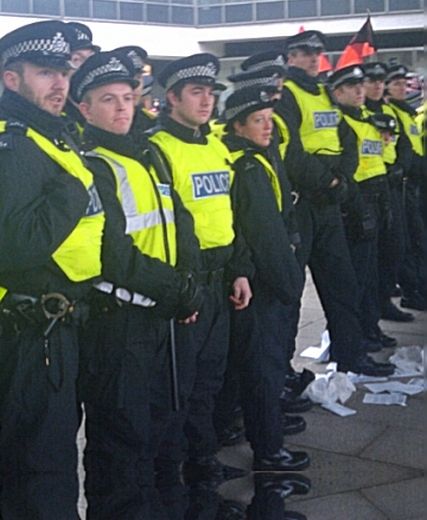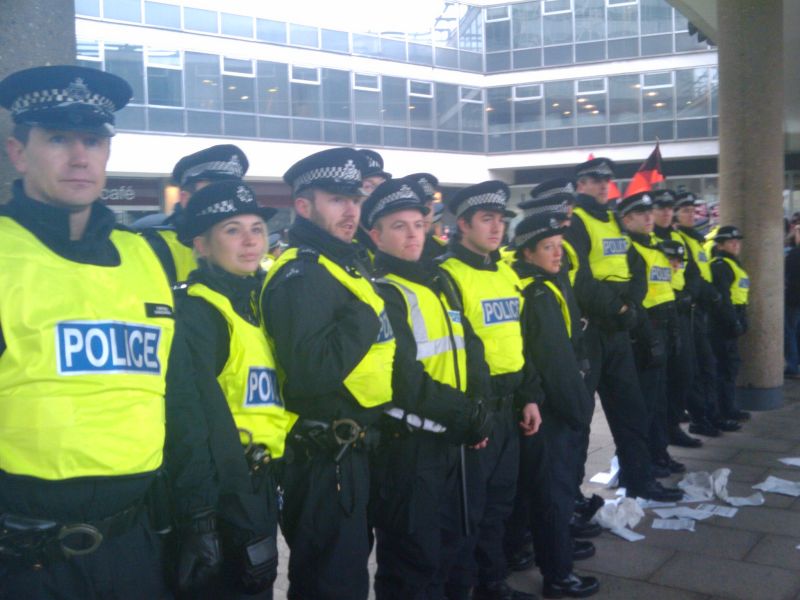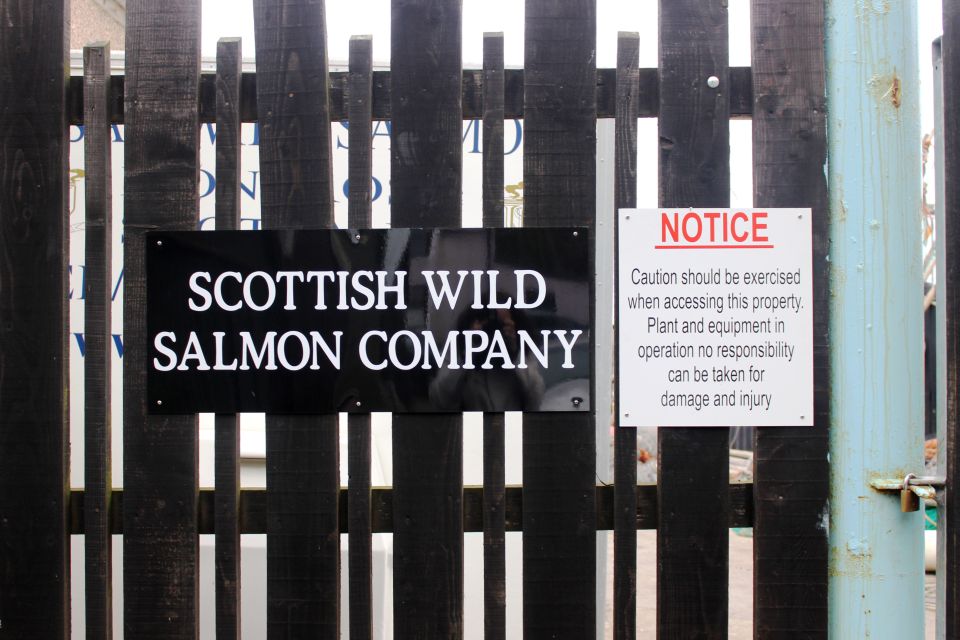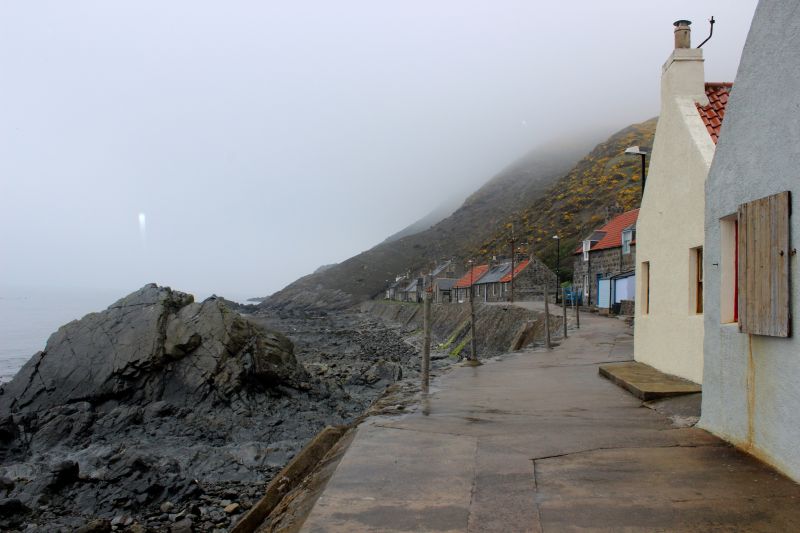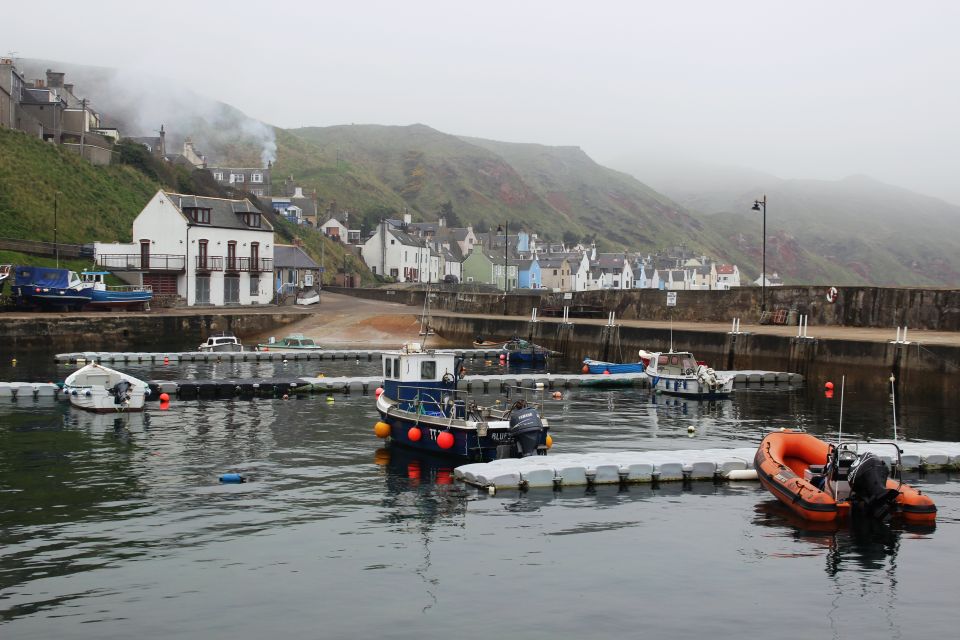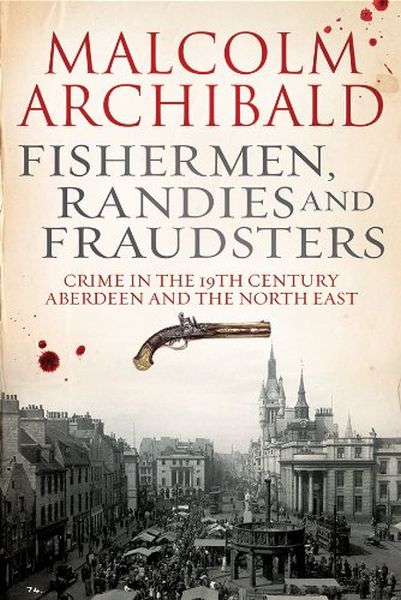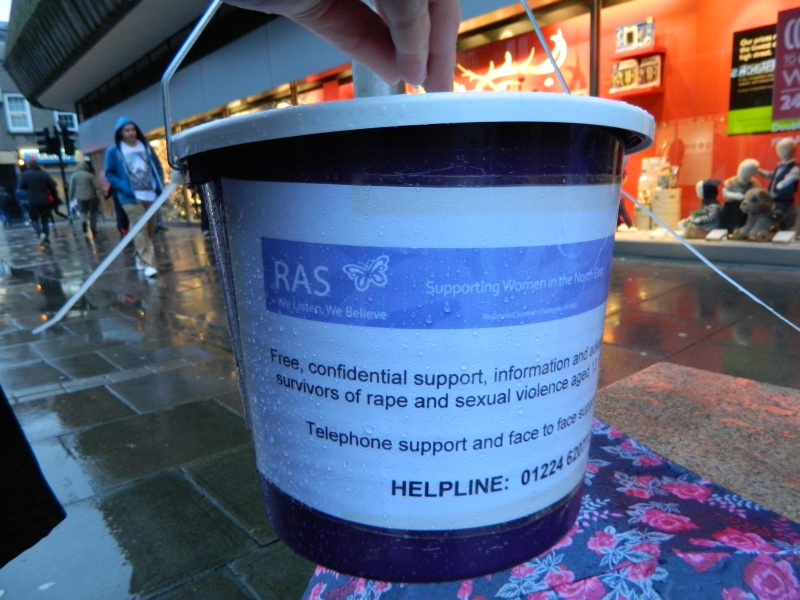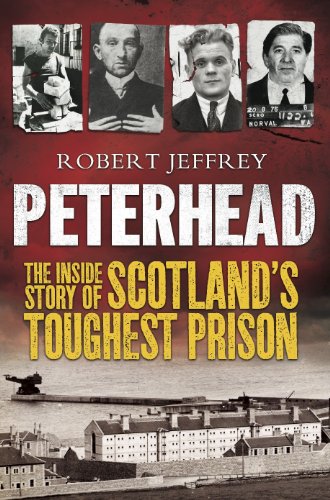In Part 4 of the series on issues with UK policing, Suzanne Kelly looks at the recent decision taken by Police Scotland to award itself the power to have armed personnel on duty as a matter of routine. The use of stun guns / tasers is said to be an effective, safe alternative – but is it? Do we really need to start arming police in Scotland routinely? We and our elected officials should have been asked, not told.
Perhaps the most controversial issue in Scottish policing today was the unilateral, non-legislative supported police decisions to award themselves the power to routinely carry firearms on routine patrols.
Local councillors and other elected representatives were dismayed throughout Scotland; Kenny MacAskill is being asked to resign (over several issues including this
one).
Highlands Police were showing up to incidents in low crime areas equipped to maim or to kill. A suggestion was made that the guns should be made ‘less visible’ – hardly a suggestion that respects the rights (or intelligence) of the electorate which is demonstrably against routine armed patrols.
The police had implemented this escalation instead of asking for permission to do so. They were instead attempting to reassure officials, judges, experts and Holyrood that all was well.
This unilateral action is on a par with the clearly illegal activities of those men deep undercover who slept with and impregnated women they were spying on as per the previous article in this series. This disregard for law, procedure and basic human rights shows us how badly skewed the system is. Thankfully, the gun policy has been changed. There are calls for MacAskill to stand down.
In August, Lord McCluskey, one of Scotland’s most senior former judges, called for the resignation of Mr MacAskill over a range of issues including the routine arming of officers.
He described the policy change by Sir Stephen as an example of “secretive decision-making”, and said Mr MacAskill knew about the move but did not share the information or hold a public consultation.
“In the US, we have seen the dangers of police with guns: put simply, if police have guns, there is a greater risk of someone being shot, unintentionally or otherwise.”
– http://www.telegraph.co.uk/Police-Scotland-arming-of-officers
We do know from recent polls that the public did not want regular armed police on the beat. A recent Scotsman article reports:-
“The nature of policing in this country is very important, and there is a danger that would change if we routinely equipped officers with firearms. We showed during the G8 (summit) how important it is that we don’t come out heavily armed taking a heavily defensive position” – Peter Wilson, president of the Association of Chief Police Officers in Scotland”
– http://www.scotsman.com/scottish-police-do-not-need-guns-1-1110360
Police are still carrying handguns to serious crimes; many are carrying ‘taser’ type weapons as well. A taser surely must offer safety to the suspect and the police; it can be fired from a distance, and causes no lasting effects – or so we are told.
What is a taser?
A taser is a machine that delivers in the area of 5000 volts into a human body, causing temporary neurological incapacity. Tasers are for sale in the United States, where they come in a range of colours (yes really). One manufacturer/seller offers a video showing the superiority of the taser over other weapons or gas. In the video, a man is meant to be being shot by a taser.
Barbs shoot from the hand-held device into the man’s body, and he falls backwards, caught by colleagues. And all for upward of about $900. Surely this is a safe alternative to guns?
Taser dangers
We have been told that tasers are harmless, won’t cause cardiac problems, and are just temporarily debilitating. We are still being told this is the case, despite mounting evidence to the contrary.
A Guardian article warns that tasers fired at the chest can cause injury – and death. The article quotes the manufacturer’s guidance which says shooting into the chest can cause serious problems, and that a huge proportion of police taser shots are to the chest. This article followed the death in Manchester of Jordan Begley who was said to be carrying a knife. Apparently the cause of death of this young man could not be established. What is established is that he was tasered.
Tasers simply are not safe. They are not being used as the manufacturer recommends; and if any deaths are related to their use at all, a re-think is needed. They are also not being used lawfully in some instances.
Stunning
Here is a West Midlands Police video showing ‘how tasers keep our communities safe’. It explains how the police and public are safer with taser deployment. In a simulation, a (badly acted) drunk is tasered, and seconds later says he will do whatever the police say.
Supposedly this acquiescence is reassuring; it is also very frightening. If the police can inflict a brief torture – and this is an extremely painful weapon even if briefly so – and it makes people compliant, then what safeguard of rights will we have left? The video explains that a taser is used ‘only in situations of violence or threats of violence.’ A taser will not damage a pacemaker or the heart. We are also reassured that officers are intensively and rigorously trained.
They say that everything that happens in the US comes to the UK ten years later. Here is a video of a man being tasered – for a disputed driving offence – and ‘not obeying the traffic policeman’s instructions’. It is believed the man was later awarded a settlement. It is harrowing. The man asks for his rights and is threatened with another taser shot.
As well as demonstrating that tasering is painful and being used as a means for social control, it demonstrates the mental state of the people we are handing dangerous weapons – tasers and uniforms – to.
Perhaps not all UK police forces are as responsible and rigorous as the West Midlands Police claim to be. Here is a video clearly showing Nottingham police repeatedly tasering a man on the ground, and beating him.
Parting Shots
Peelian Principles (named after Sir Robert Peel, the originator of the UK’s police forces) have been virtually overlooked when it came to this recent arms escalation. Theoretically, the police cannot work without the mandate of the citizenry. But they are doing just that, as well as breaking laws, subverting human rights, and discriminating, as previous articles in this series have demonstrated.
Thankfully there was a climb down with regard to regular arming of routine police, and those responsible are being called to account (although whether any sanctions will be issued is another matter).
Perhaps rather than creating an arms race and/or using the threat of painful tasering torture to subjugate, the police might instead want to listen to experts who admit there are dangers, and take tasering-related deaths as a reason to treat tasering more seriously, and to halt repeated tasering as happened in Nottingham.
Increased gun crime is evident in England and Wales, where gang warfare is implicated in this increase. The culture in Scotland is different, and if the police used their investigative powers not to spy on and sleep with women environmentalist protestors but to try and counter gun proliferation, perhaps that might be a more constructive use of undercover operatives.
Among the many problems with weapons are lethal results, weapons being taken from civilians or officers and used against them, attempts at the use of weapons enraging suspects, and the fact that there will always be those who panic and pull the trigger first, and ask questions later. Or rather than asking questions, seek to cover up information about force incorrectly used.
Sadly, the family of Charles de Menezes, shot on a London tube train for no legal reason, can attest to the truth of this.
- Comments enabled – see comments box below. Note, all comments will be moderated.
[Aberdeen Voice accepts and welcomes contributions from all sides/angles pertaining to any issue. Views and opinions expressed in any article are entirely those of the writer/contributor, and inclusion in our publication does not constitute support or endorsement of these by Aberdeen Voice as an organisation or any of its team members.]
